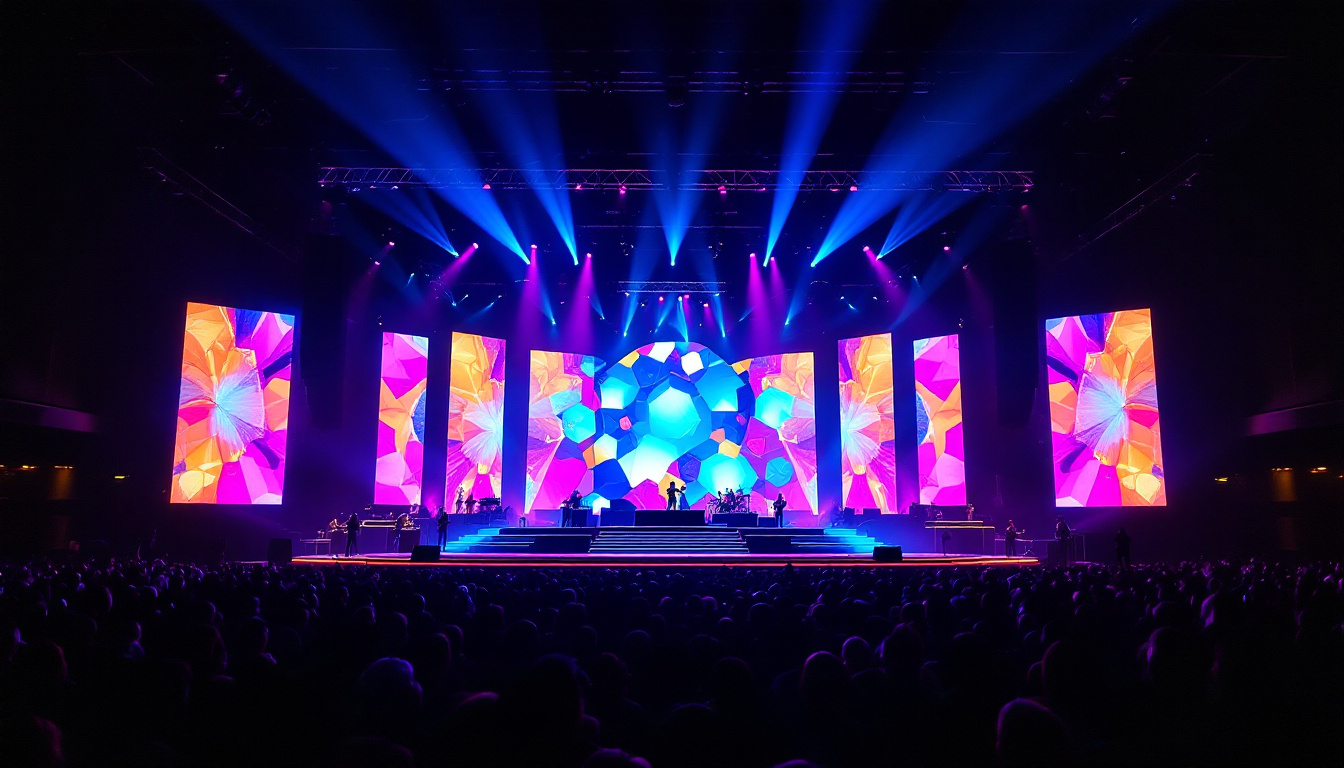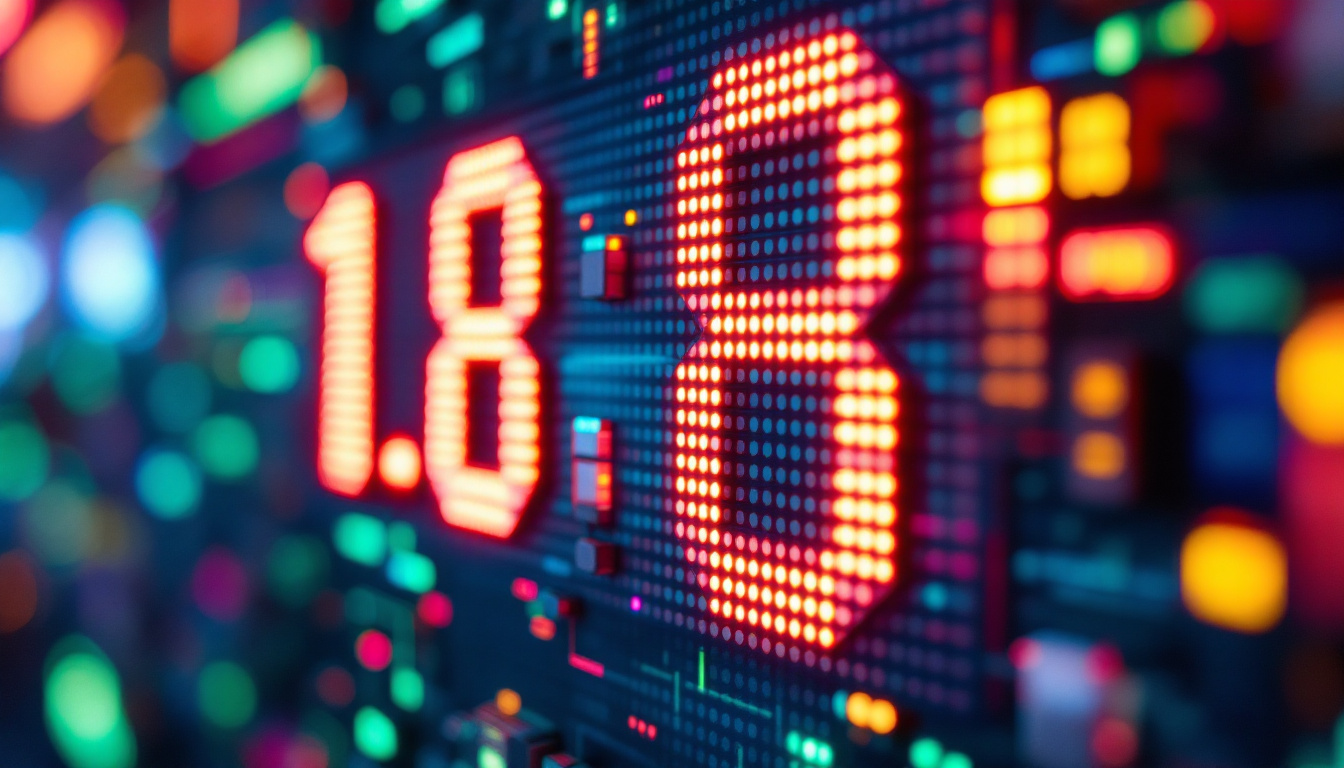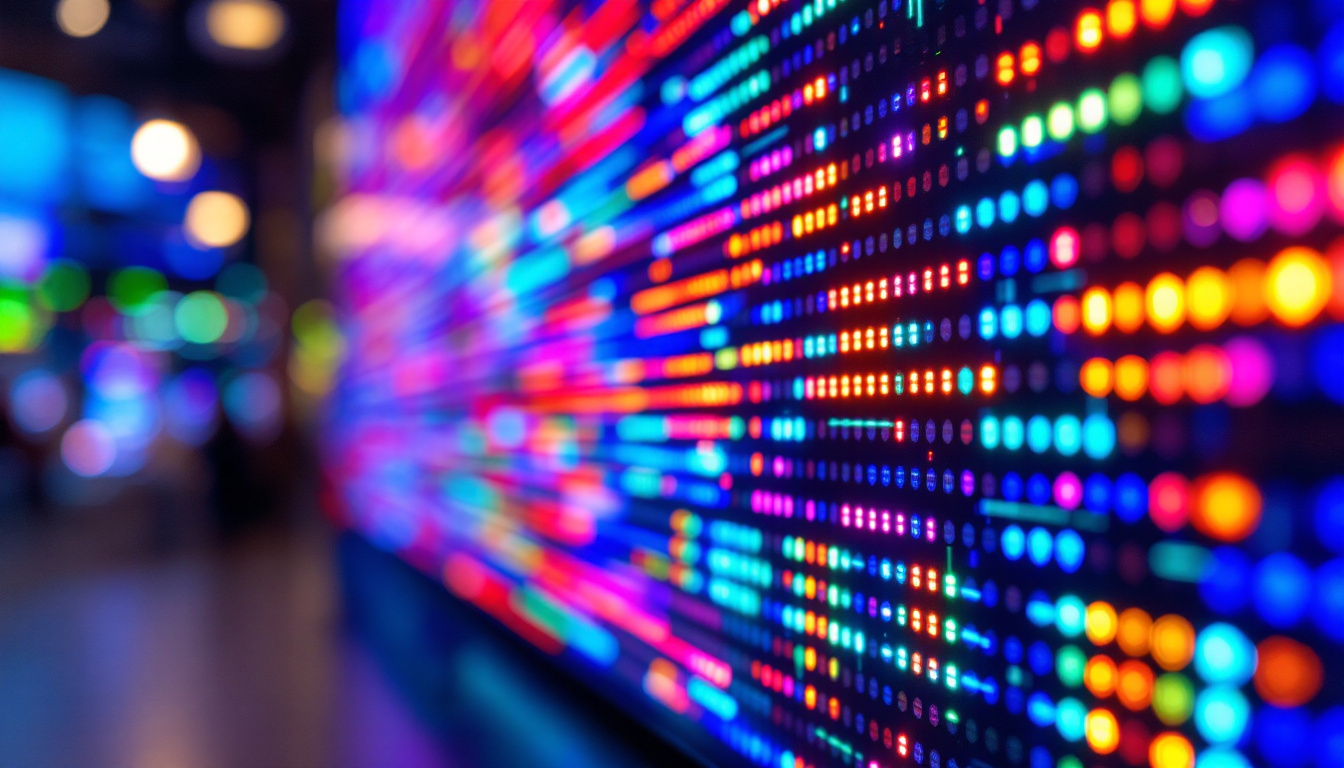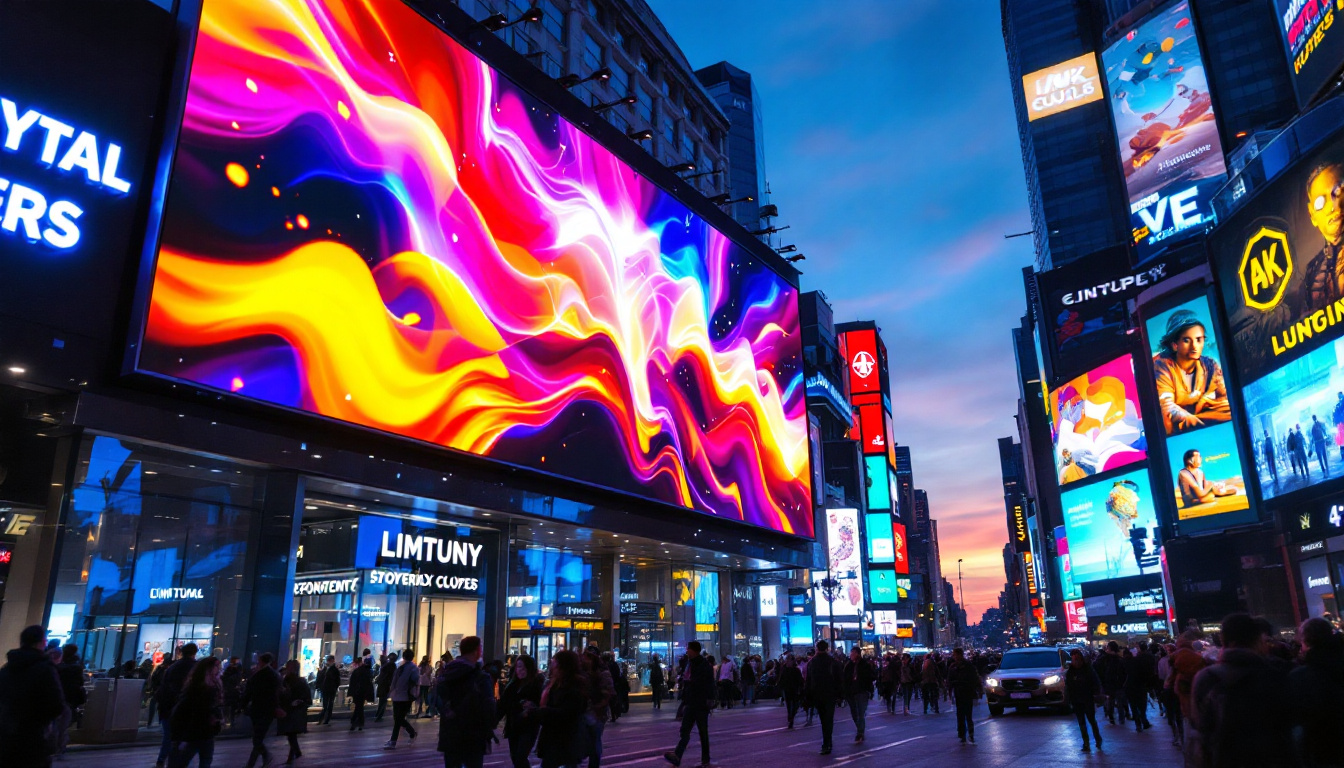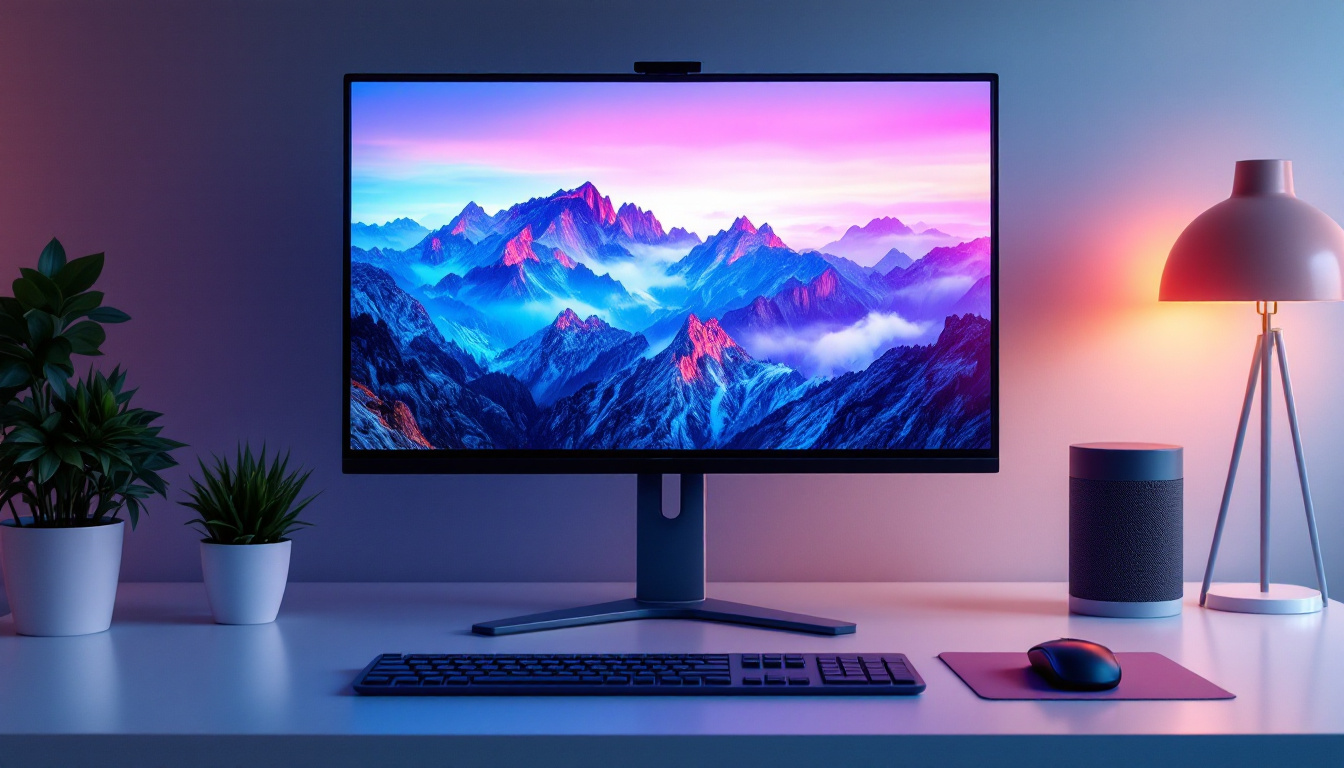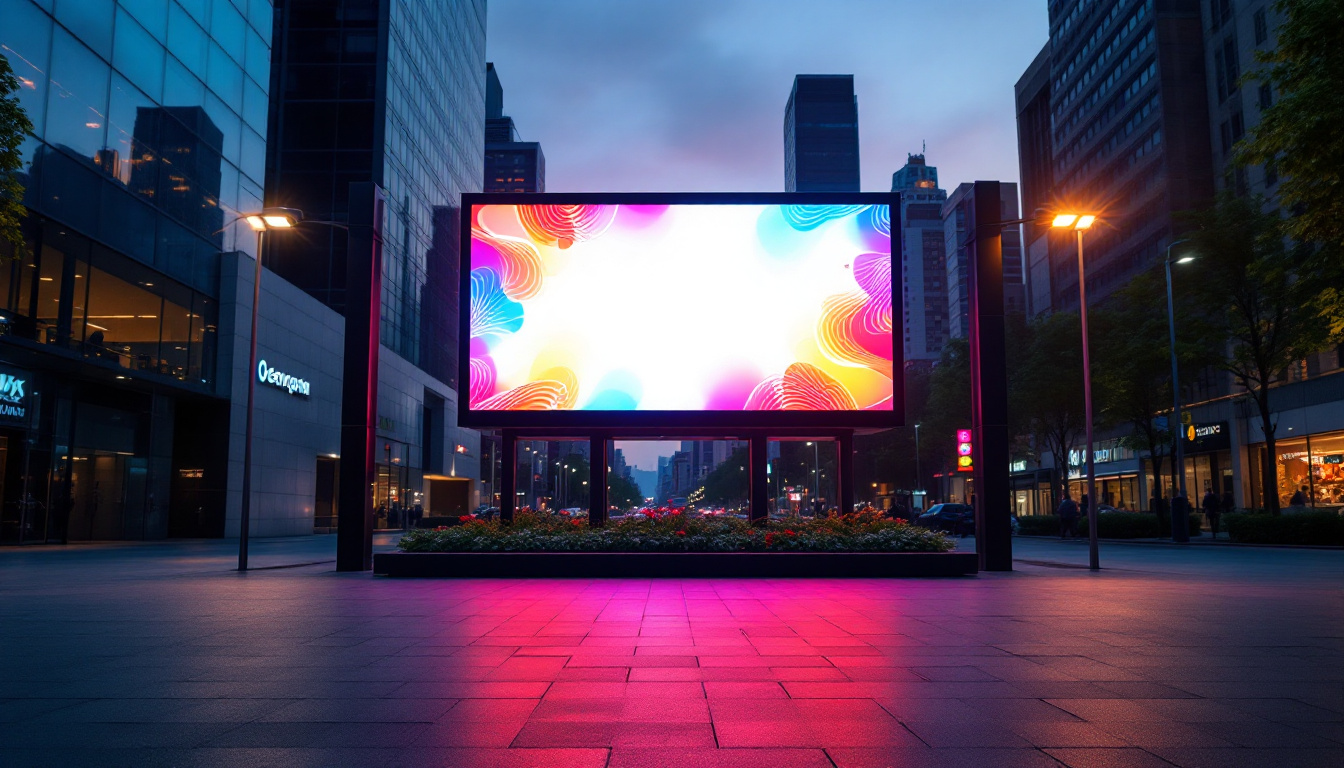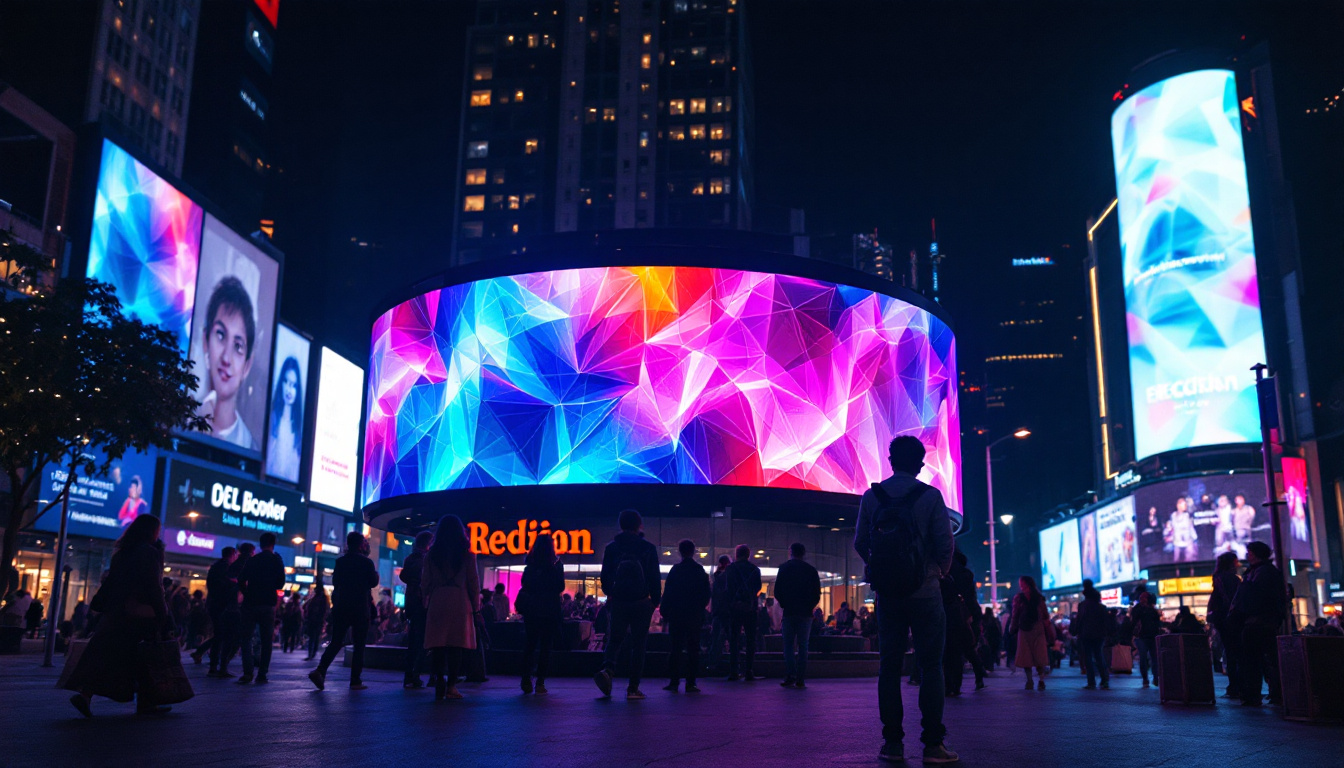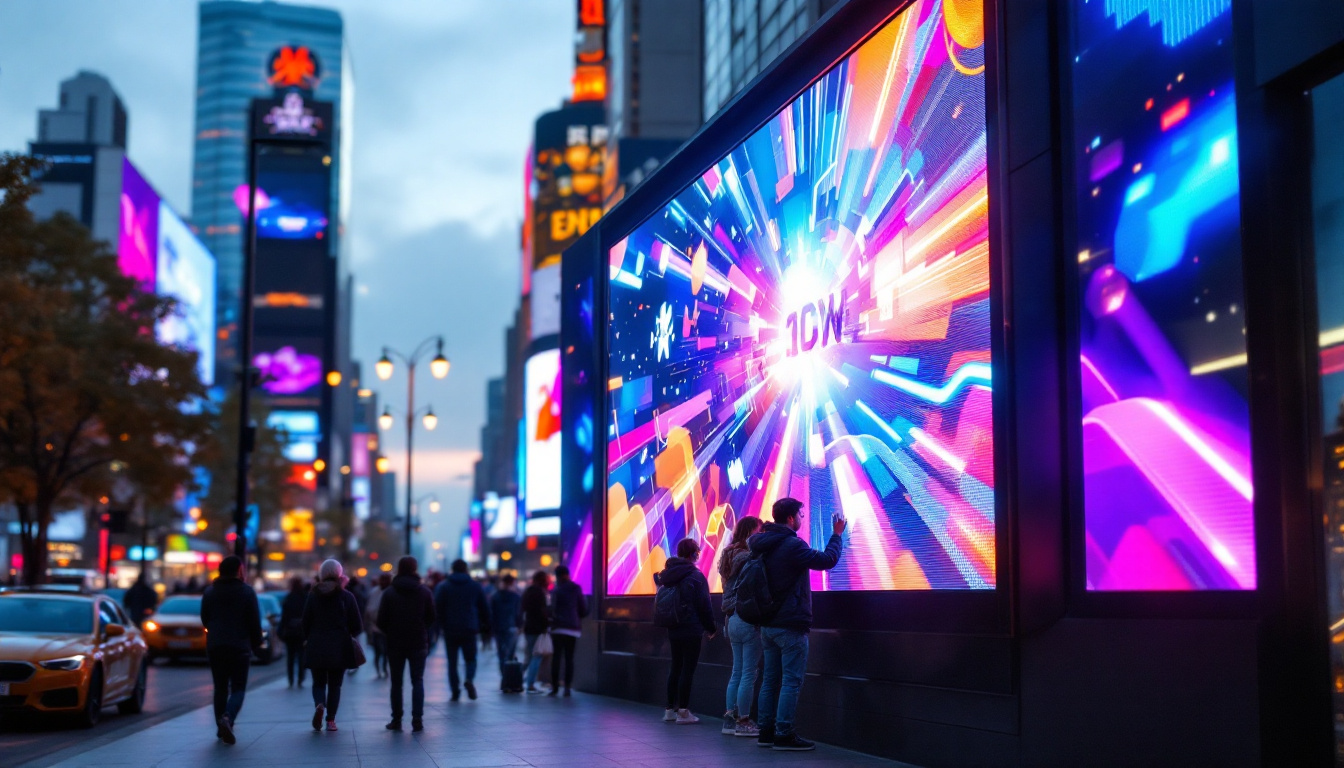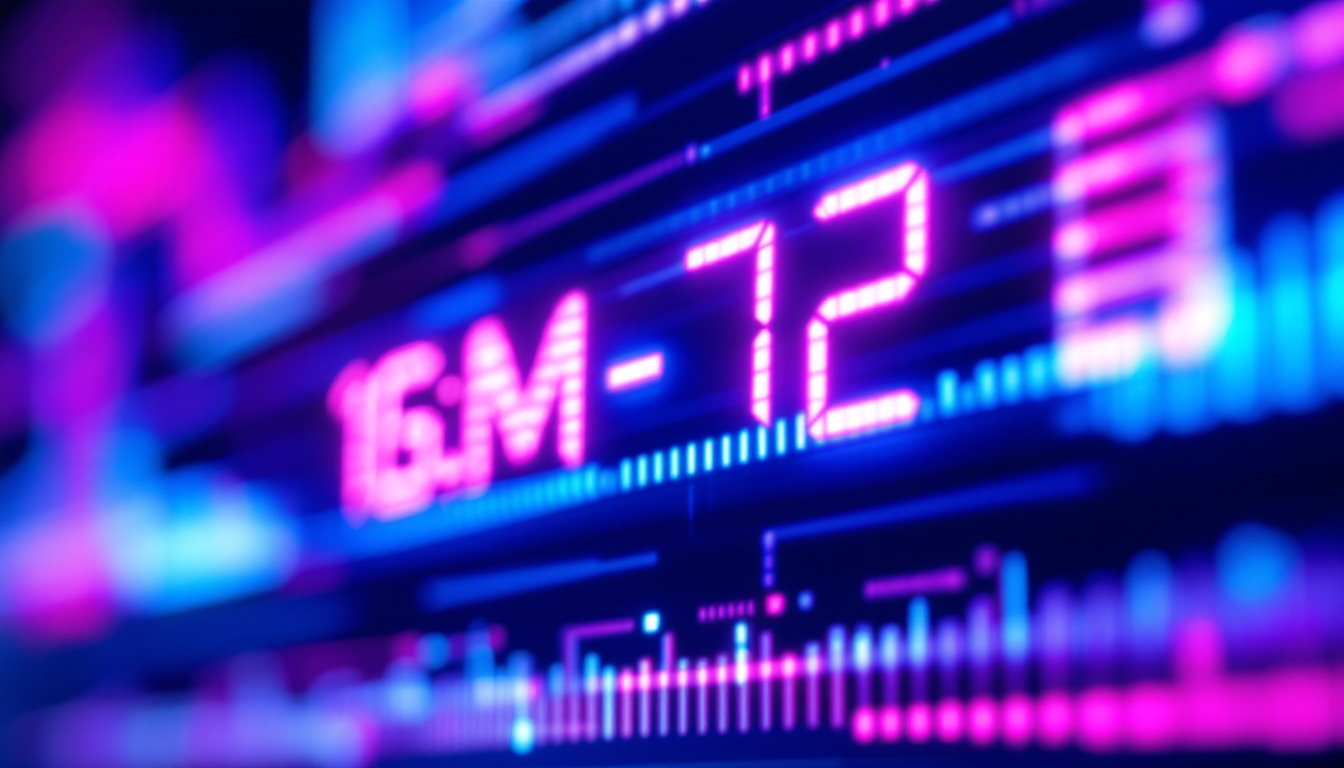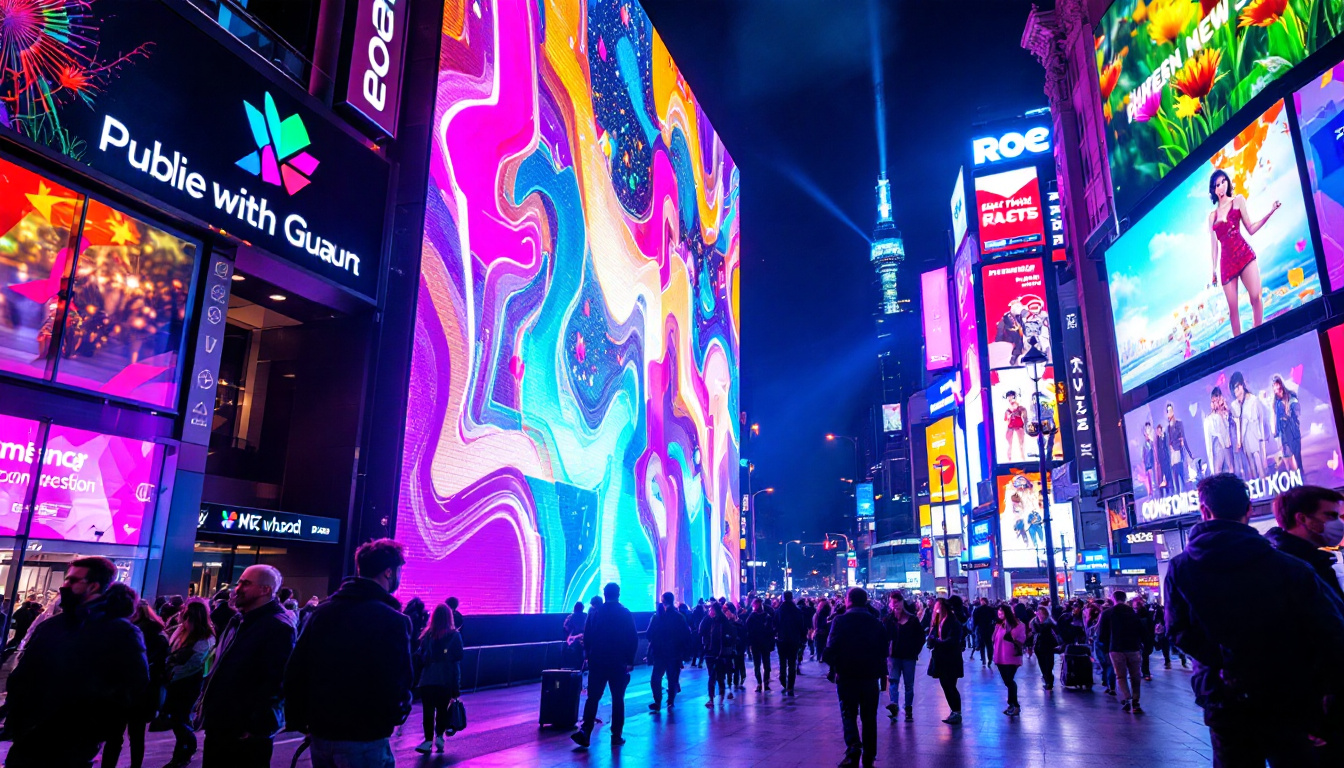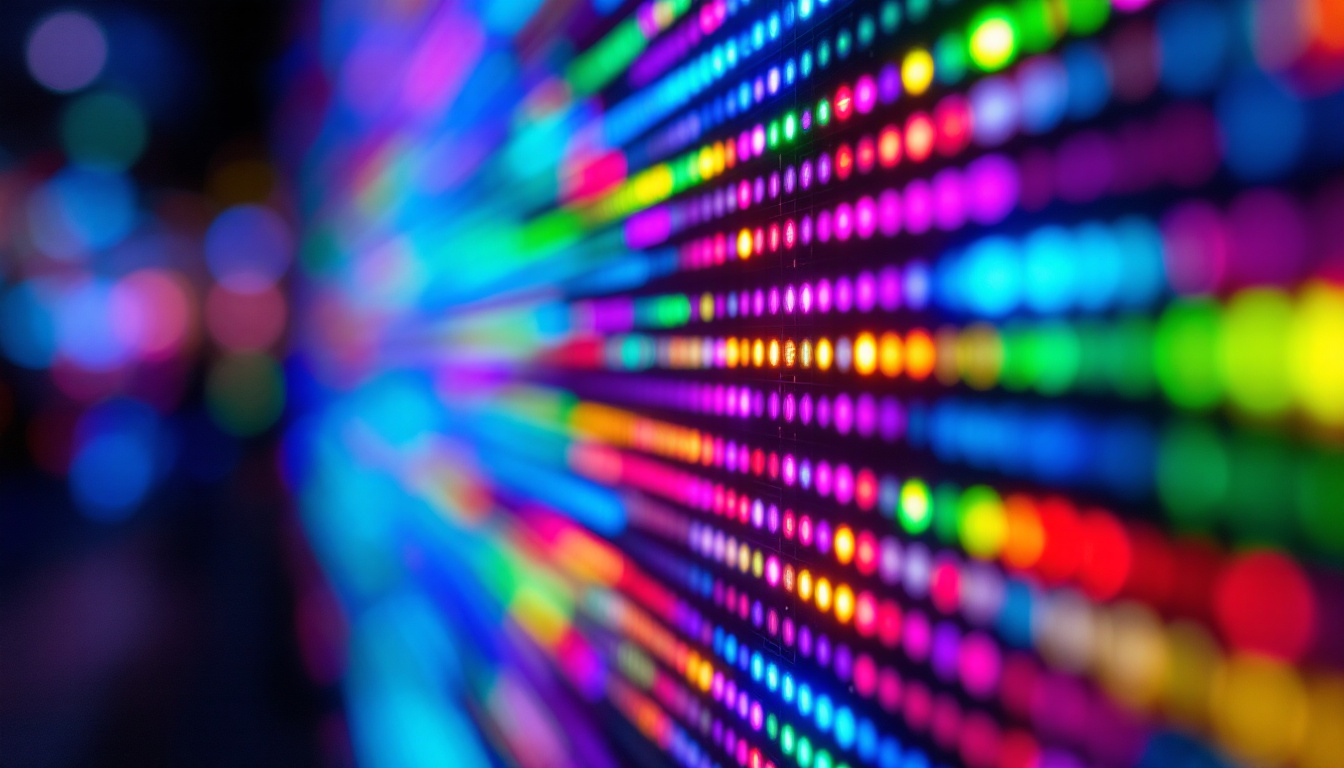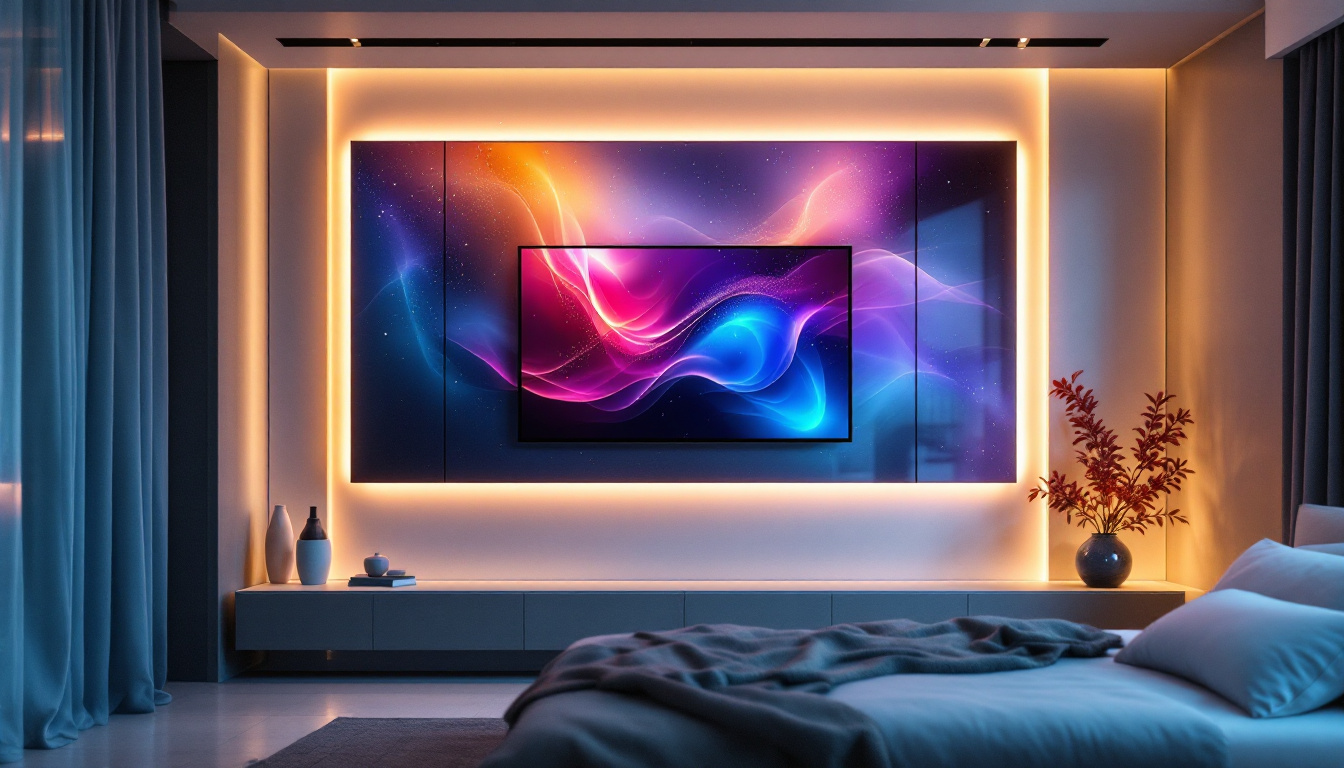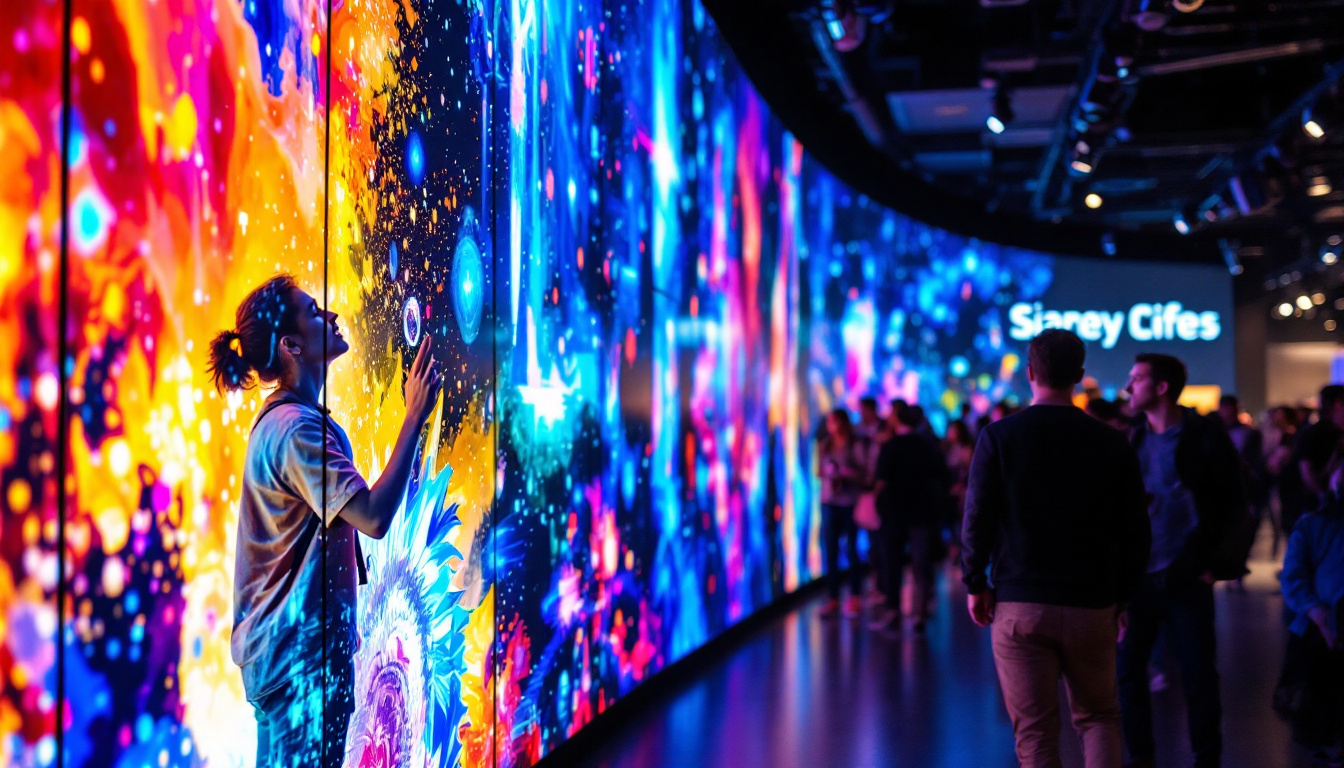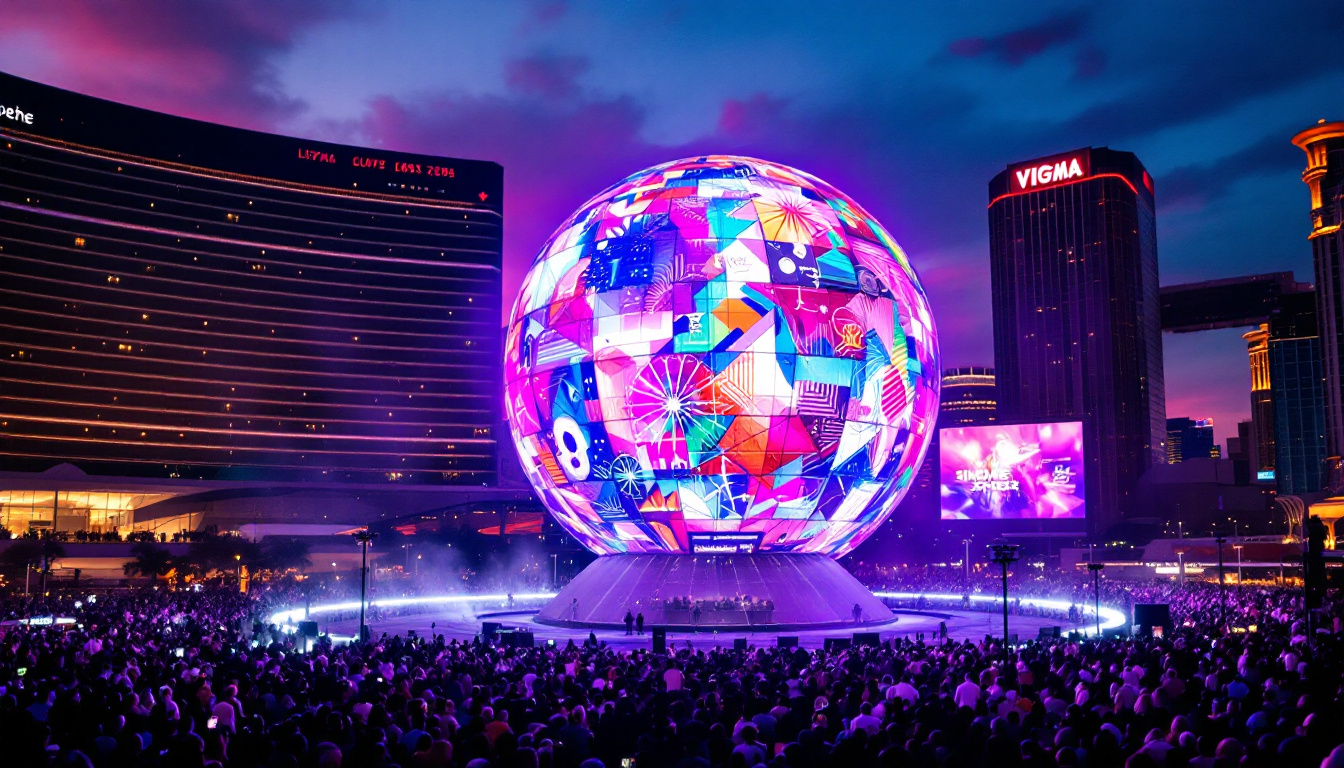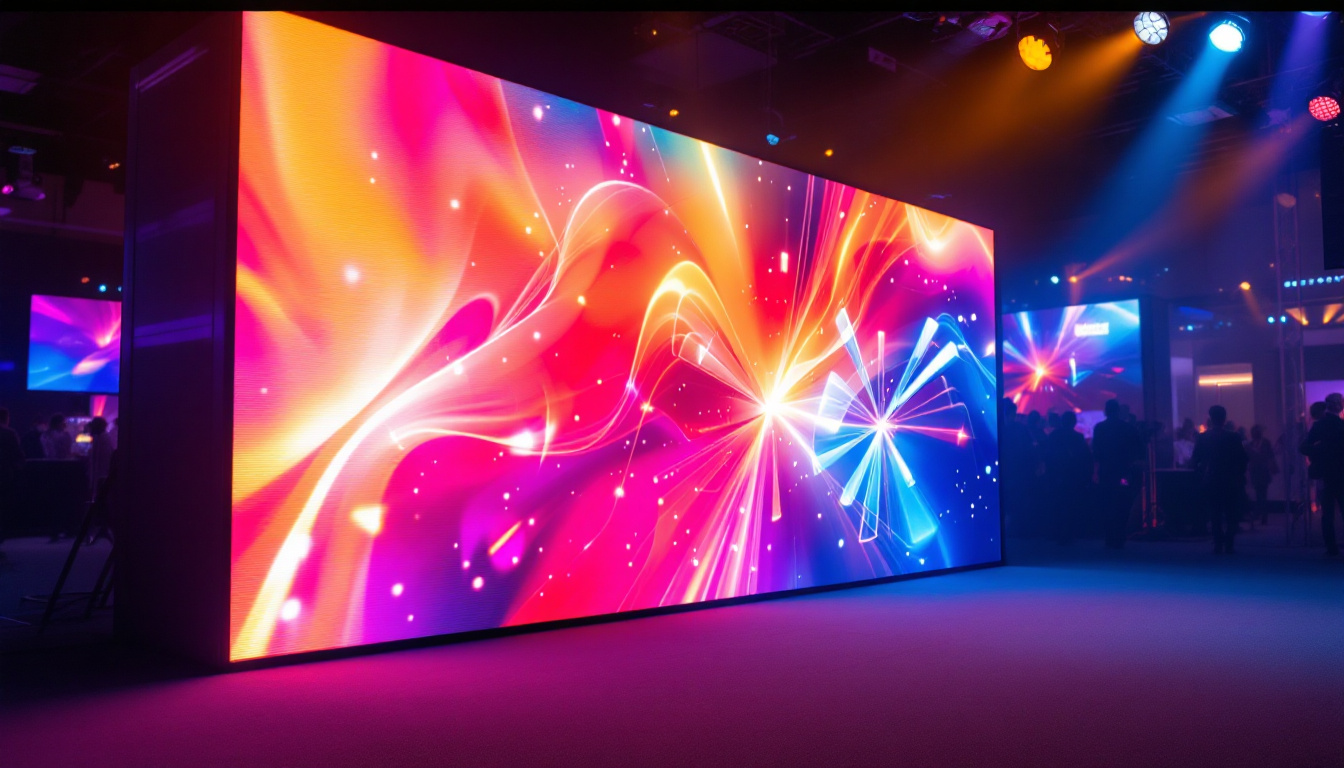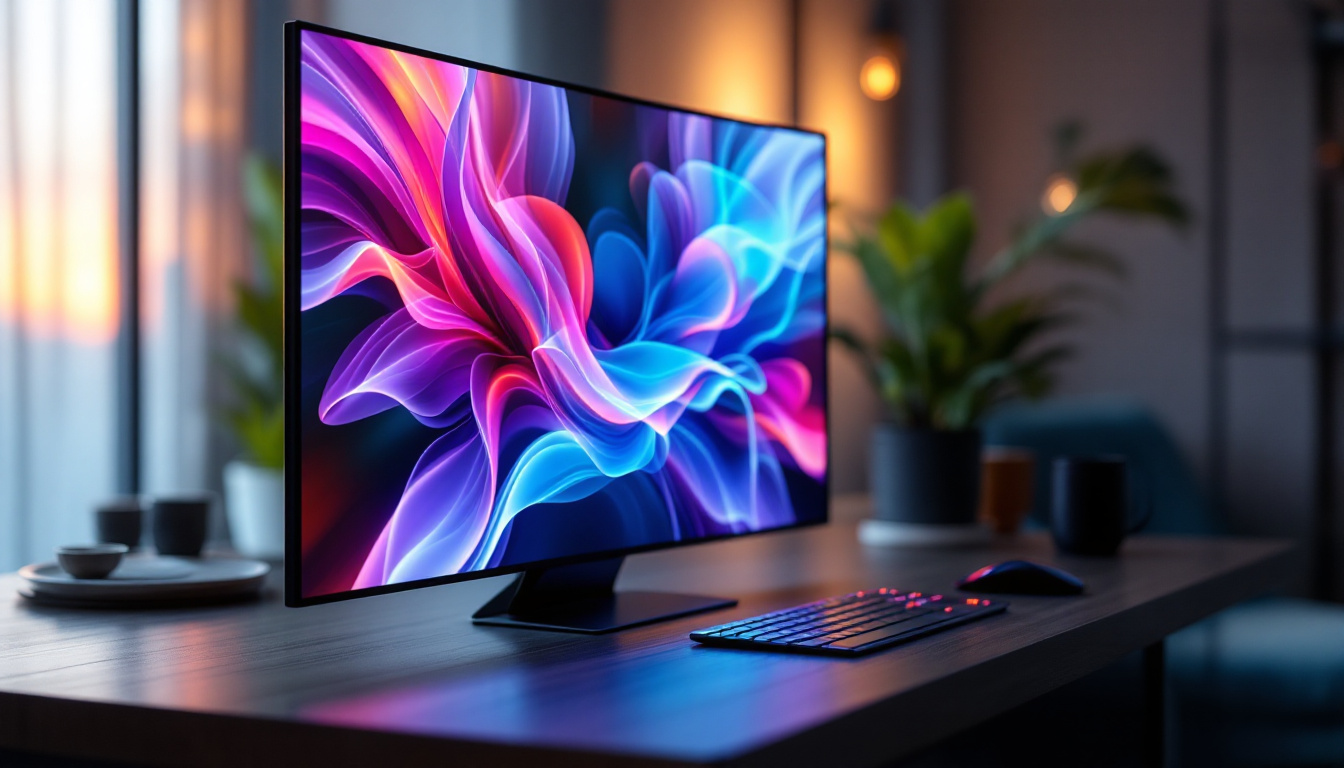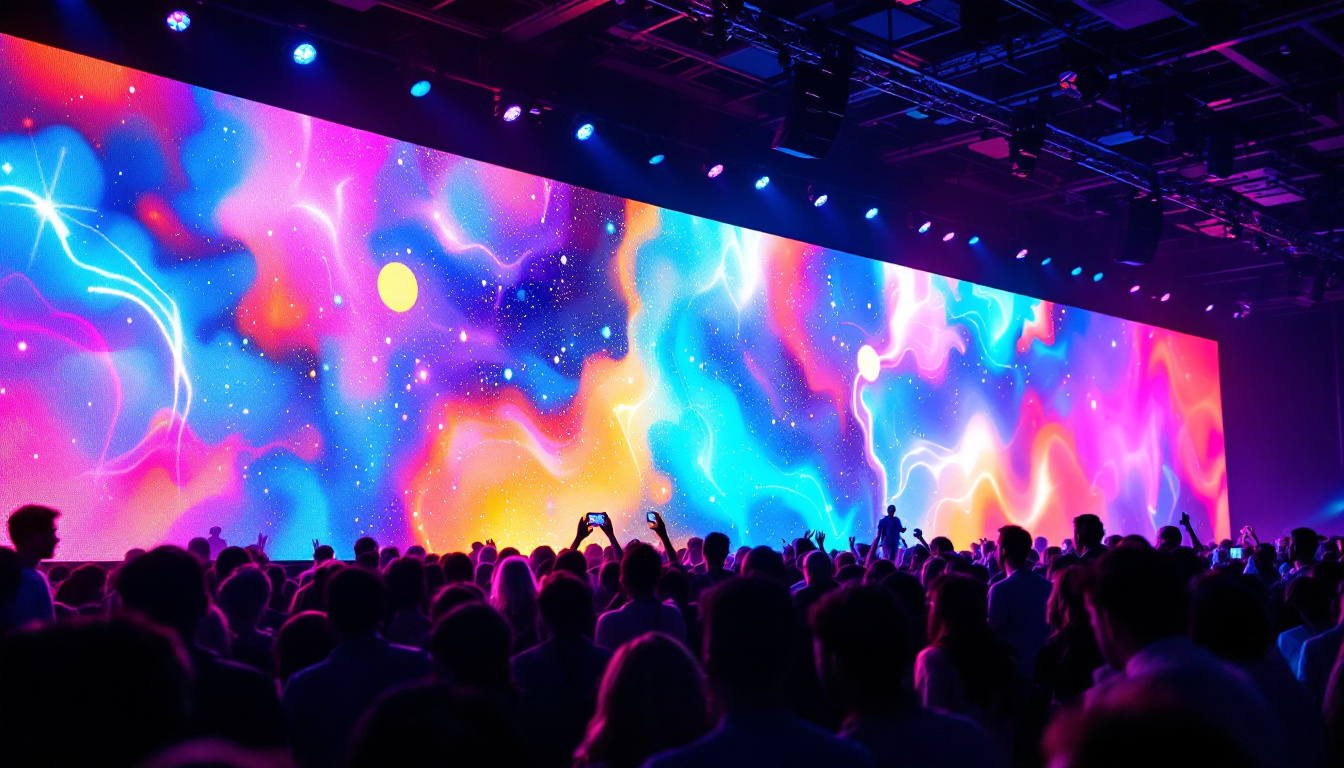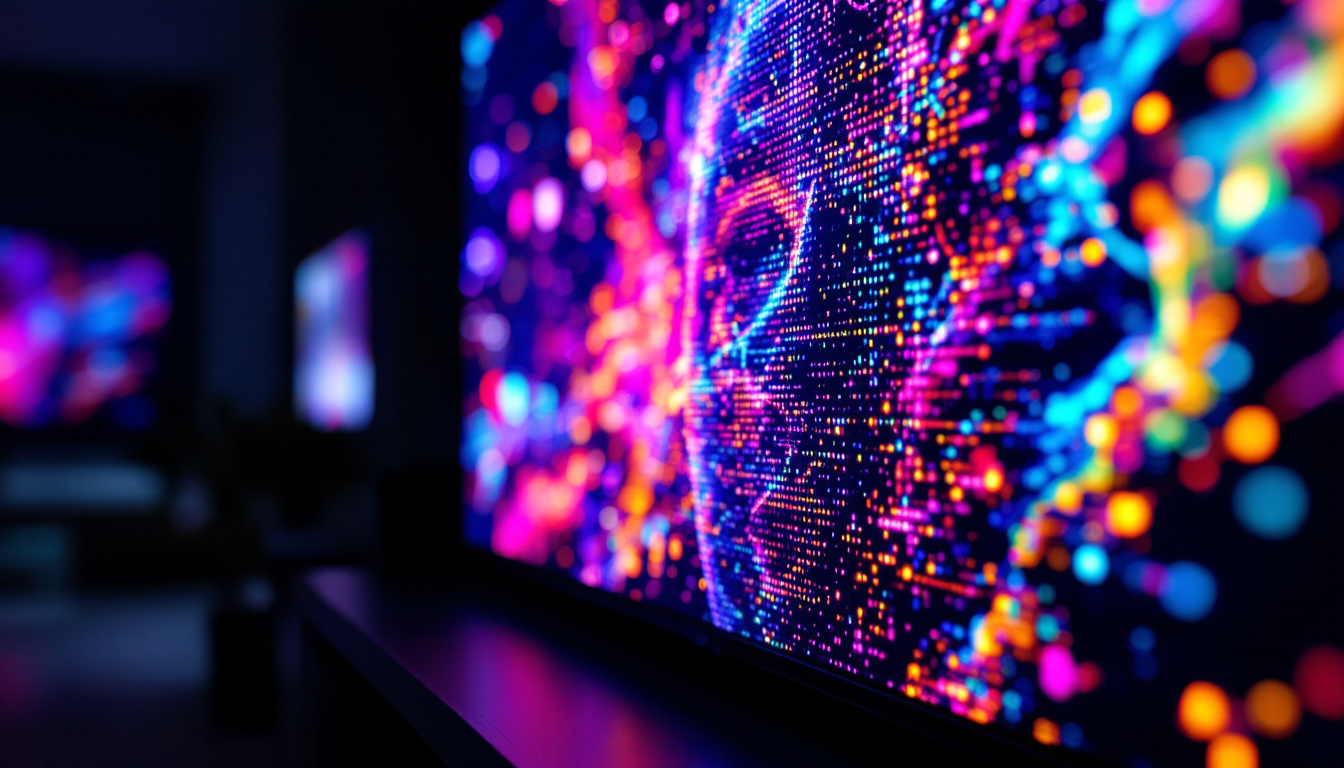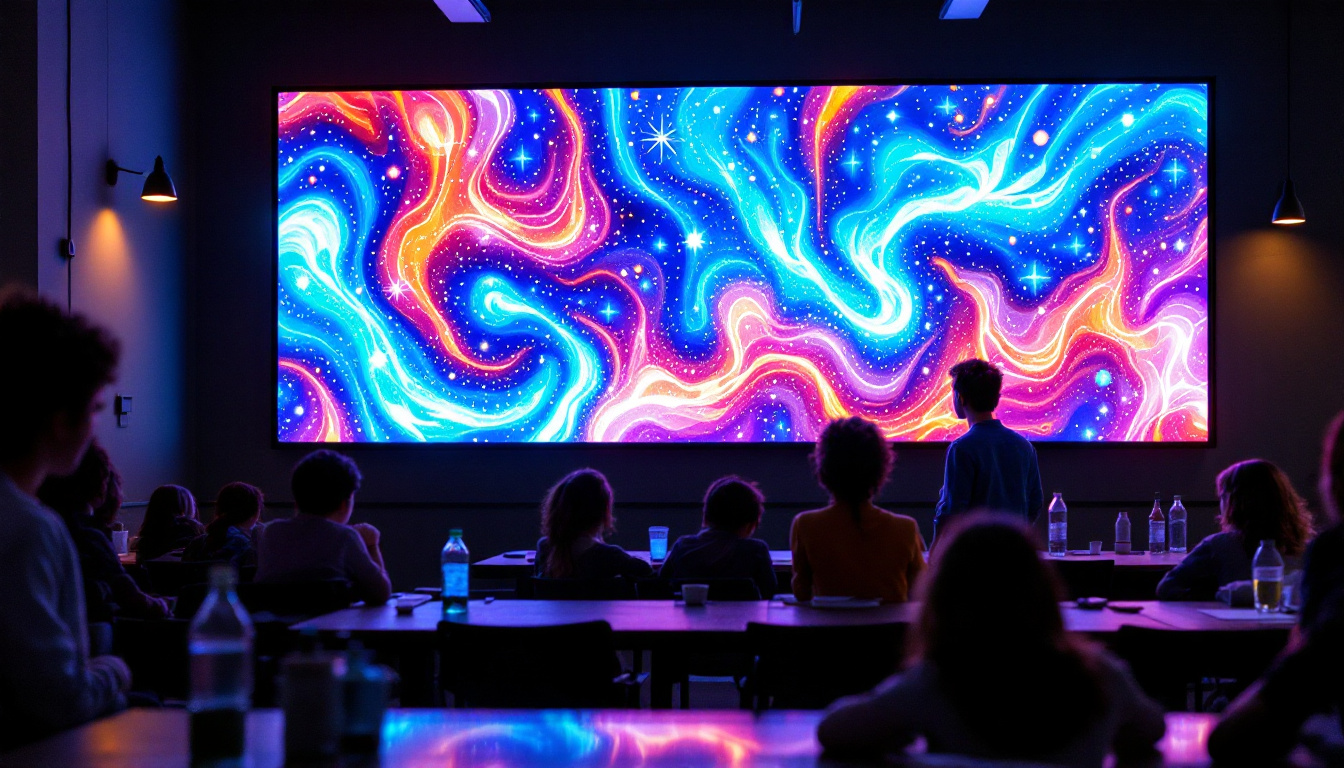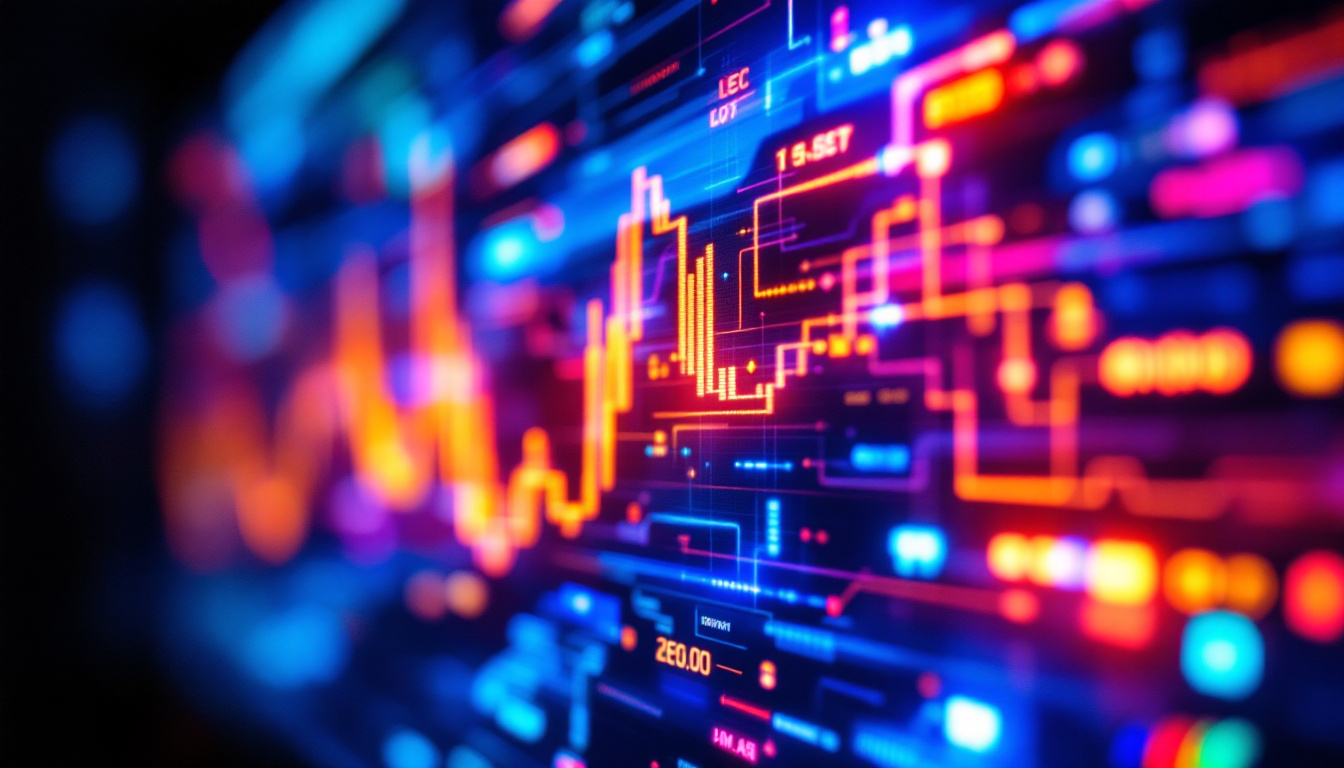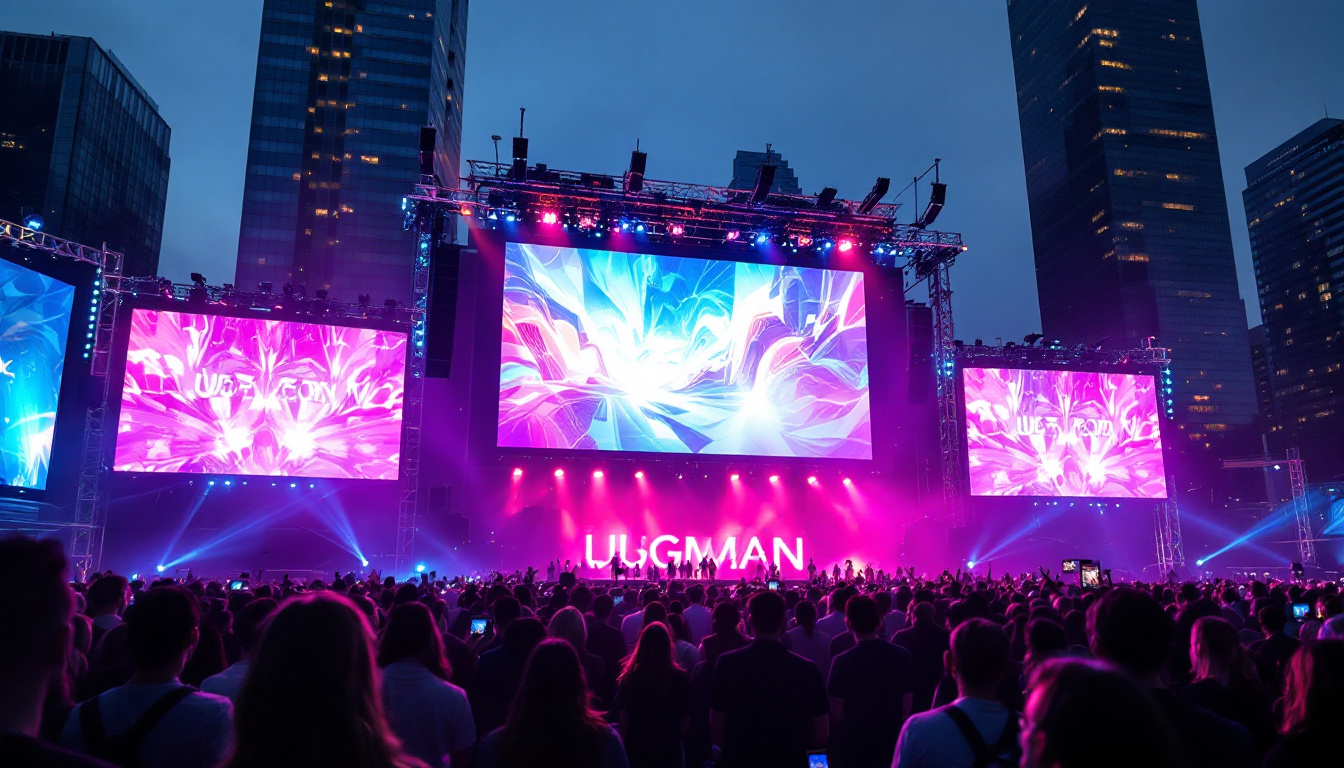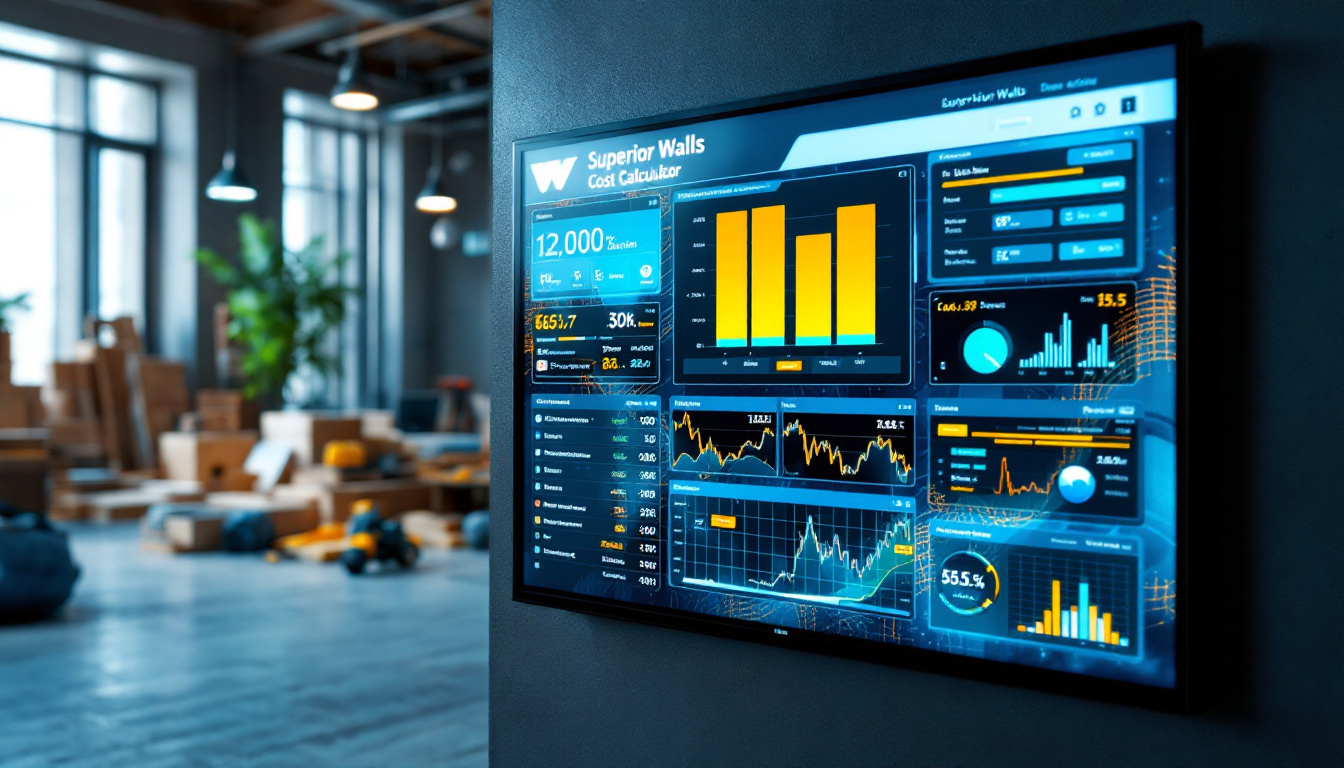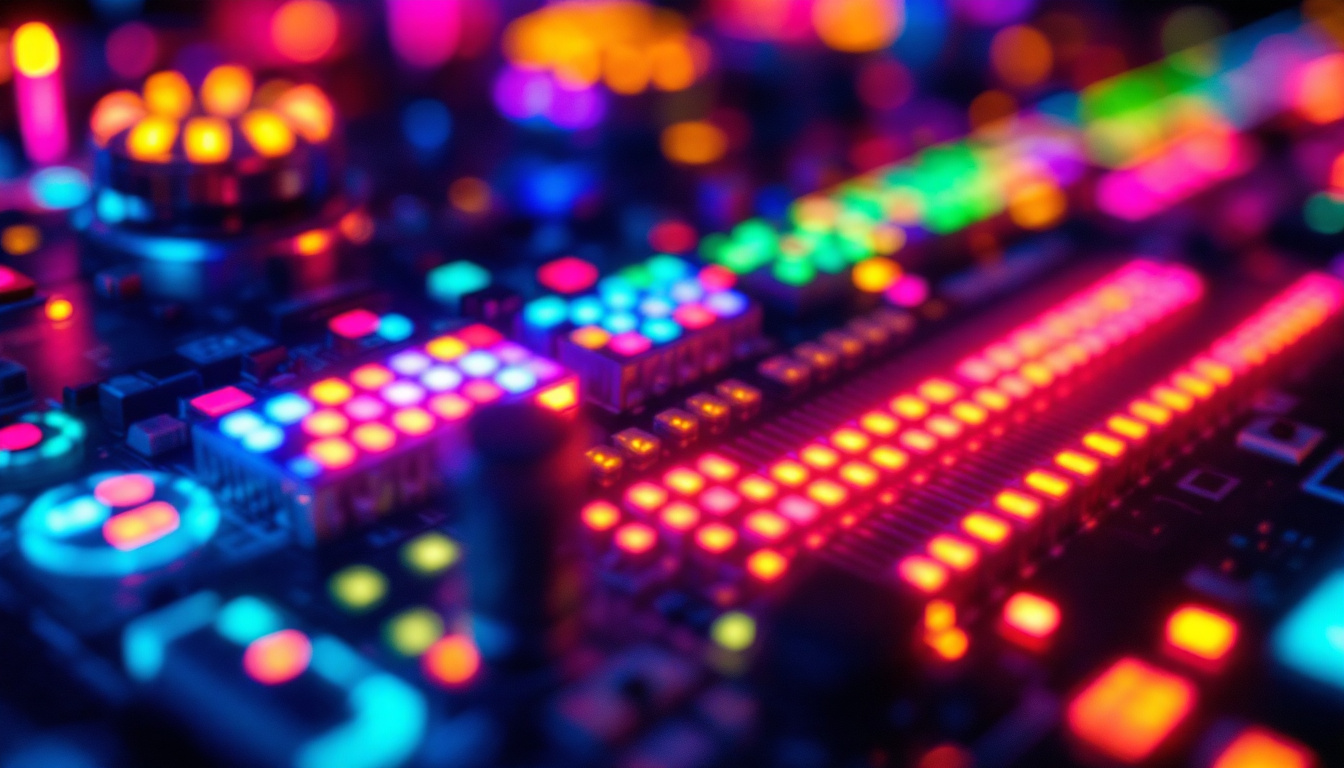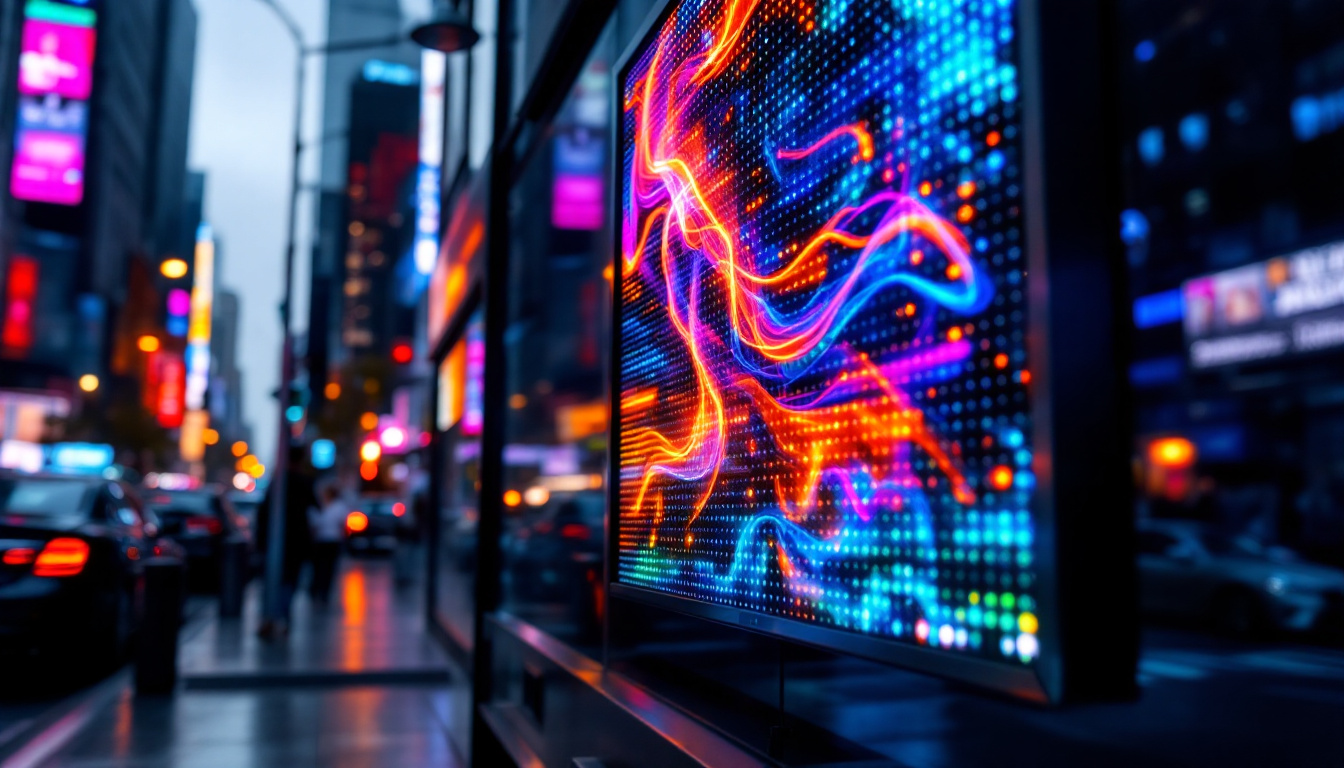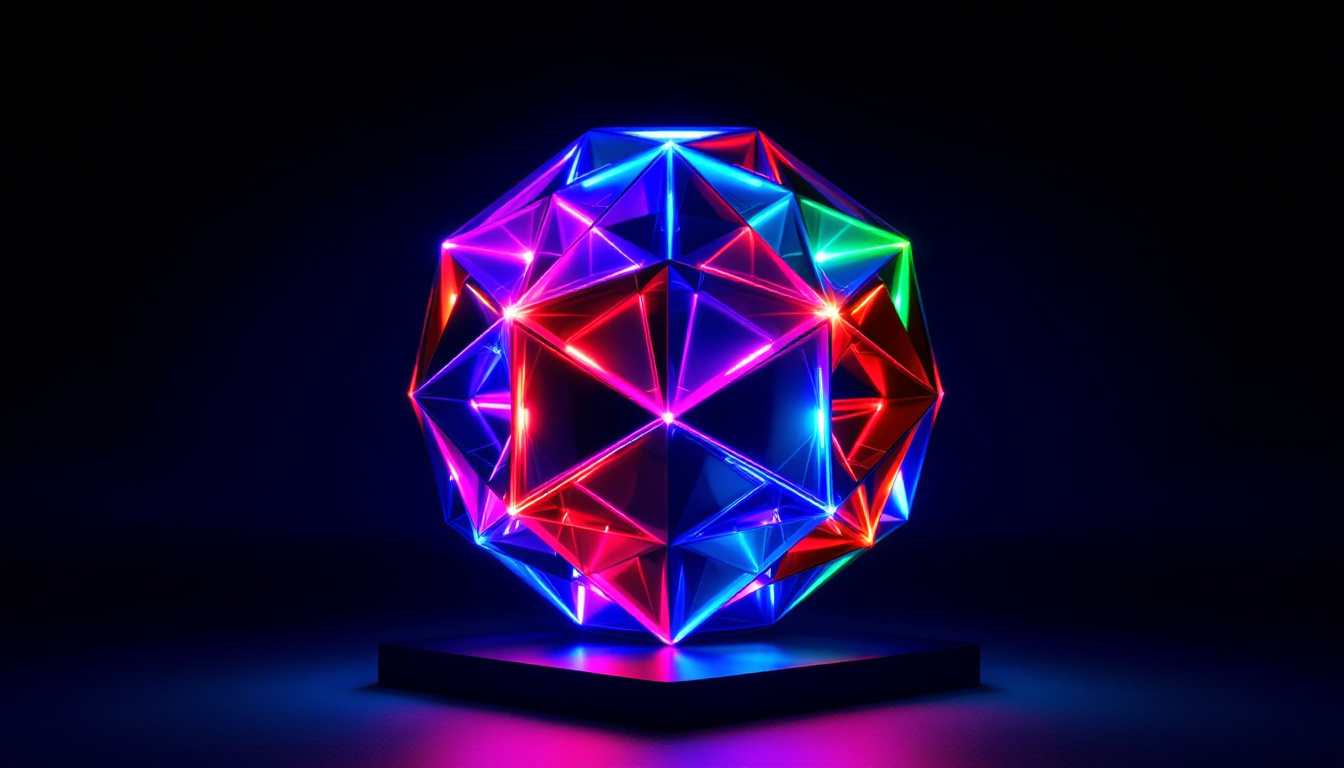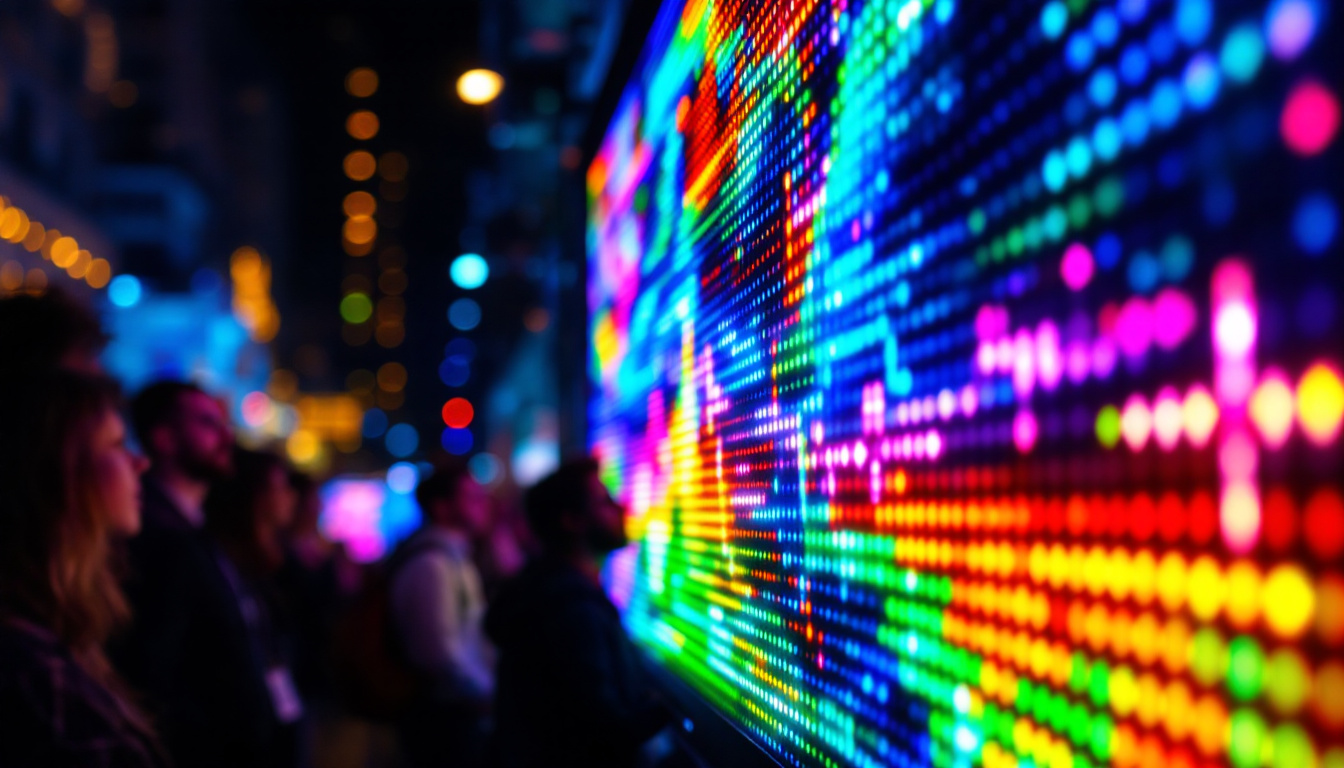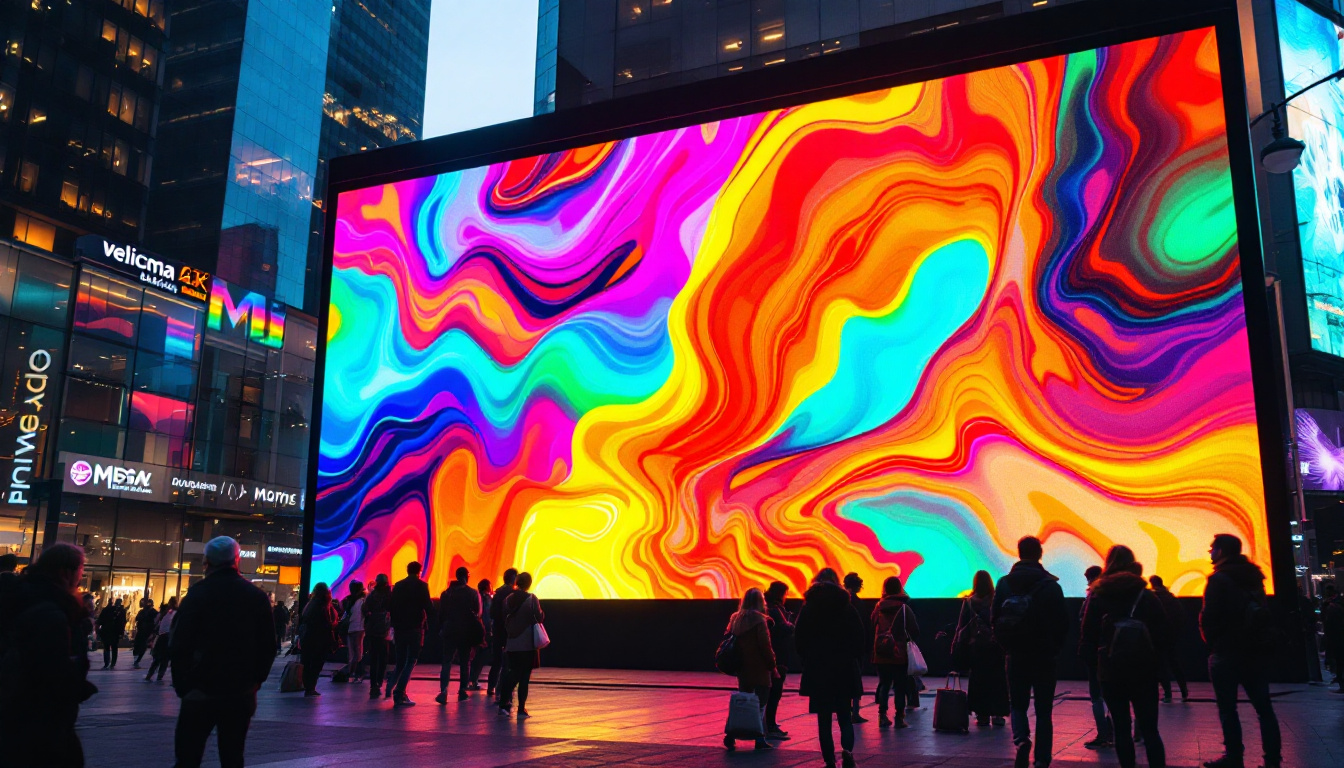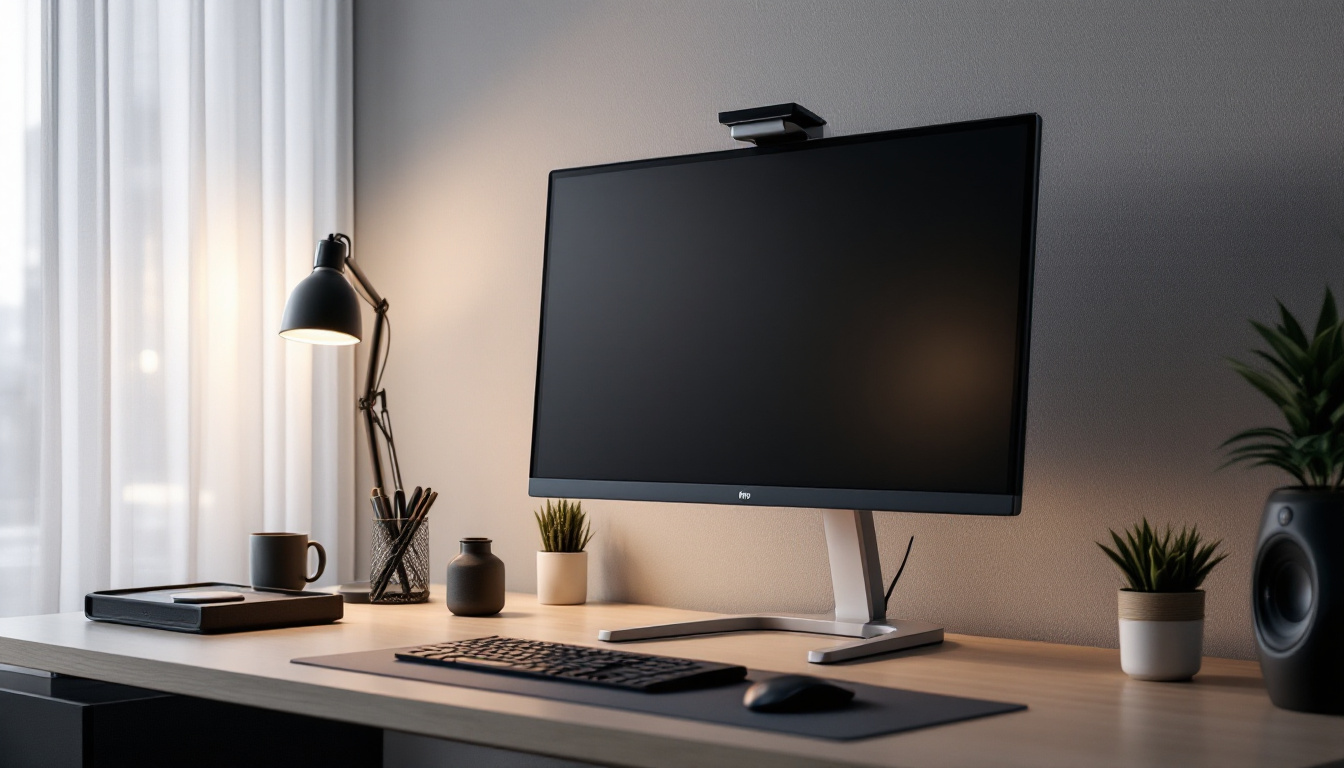In the world of stage production, set design plays a pivotal role in creating an immersive experience for the audience. One of the most innovative tools in modern set design is the LED display. This technology has transformed how designers conceptualize and execute their visions, allowing for dynamic and visually stunning environments. This article delves into the intricacies of LED displays in stage design, exploring their benefits, applications, and the future of this exciting technology.
The Evolution of Set Design
Set design has undergone significant changes over the years, evolving from static backdrops to dynamic, interactive environments. Traditionally, stages were adorned with painted flats and props that provided a limited scope for creativity. However, advancements in technology have introduced new possibilities, with LED displays leading the charge.
From Static to Dynamic
In the early days of theater, set designs relied heavily on painted scenery and physical props. While these elements could create a certain ambiance, they lacked the flexibility to adapt to different scenes or moods. The introduction of lighting effects brought some dynamism, but it was the advent of LED technology that truly revolutionized stage design.
LED displays allow for vibrant colors, intricate animations, and real-time changes that can enhance storytelling. This shift has enabled designers to create environments that are not only visually appealing but also responsive to the narrative unfolding on stage.
Technological Advancements
The development of LED technology has made it more accessible and versatile for set designers. Early LED screens were bulky and expensive, but advancements have led to thinner, lighter, and more affordable options. This evolution has opened the door for smaller productions and independent artists to incorporate high-quality visuals into their work.
Moreover, the integration of software that allows for real-time content manipulation has further expanded the creative possibilities. Designers can now synchronize visuals with live performances, creating a seamless experience that captivates audiences.
Benefits of Using LED Displays in Set Design
Incorporating LED displays into set design offers numerous advantages that enhance both the production process and the audience’s experience. From flexibility to cost-effectiveness, these benefits make LED technology an attractive option for stage designers.
Flexibility and Adaptability
One of the most significant advantages of LED displays is their flexibility. Unlike traditional set pieces, which require time and resources to change, LED screens can be easily updated with new content. This adaptability allows for quick transitions between scenes, making it possible to tell complex stories without the need for extensive set changes.
Additionally, designers can create a variety of environments using a single LED display. By simply altering the visuals, a single screen can represent different locations, times of day, or emotional tones, all within the same production.
Cost-Effectiveness
While the initial investment in LED technology may seem high, the long-term savings can be substantial. Traditional set designs often require the construction of physical elements, which can be costly and time-consuming. In contrast, LED displays can reduce the need for physical props and backdrops, streamlining the production process.
Furthermore, LED technology has a longer lifespan than traditional lighting and set materials, leading to reduced replacement costs over time. This cost-effectiveness makes LED displays an appealing option for productions of all sizes.
Enhanced Visual Impact
The visual quality of LED displays is unmatched, offering bright, vibrant colors and high-resolution images that can captivate audiences. This enhanced visual impact can significantly elevate the overall production value, creating a more immersive experience for viewers.
Moreover, the ability to incorporate animations, video content, and interactive elements allows designers to push the boundaries of traditional storytelling. Audiences are drawn into the narrative as they are visually stimulated by the dynamic elements on stage.
Applications of LED Displays in Stage Design
LED displays have found their place in various types of stage productions, from theater and concerts to corporate events and exhibitions. Their versatility allows them to be used in a multitude of ways, enhancing the overall experience for both performers and audiences.
Theater Productions
In theater, LED displays can serve as backdrops, creating immersive environments that complement the narrative. They can depict changing landscapes, cityscapes, or abstract designs that reflect the characters’ emotions. This dynamic backdrop can enhance the storytelling, allowing the audience to feel more connected to the performance.
Additionally, LED displays can be used to project text or subtitles, making performances more accessible to diverse audiences. This feature is particularly beneficial in multilingual productions or when conveying complex dialogue.
In the realm of concerts and live events, LED displays take center stage, quite literally. They are often used to create stunning visual effects that synchronize with the music, enhancing the overall experience for concert-goers. Large LED screens can display visuals that complement the performance, such as animations, live feeds of the artists, or thematic imagery that resonates with the music.
Moreover, LED technology allows for intricate light shows that can transform a venue, creating an electrifying atmosphere that engages the audience. This combination of visuals and music can elevate a concert from a simple performance to a full-fledged spectacle.
Corporate Events and Exhibitions
LED displays are also widely used in corporate events and exhibitions, where they serve as powerful marketing tools. Companies can showcase their brand, products, or services through dynamic visuals that capture the attention of attendees. Whether used as backdrops for presentations or as standalone displays, LED technology can effectively convey a message in a visually appealing manner.
Additionally, the interactive capabilities of LED displays can engage audiences in unique ways. Touchscreens or motion-sensitive displays can create an interactive experience, allowing attendees to explore content at their own pace, making corporate events more memorable.
Challenges and Considerations
While the benefits of LED displays are significant, there are also challenges and considerations that set designers must take into account. Understanding these factors can help ensure a successful integration of this technology into stage productions.
Technical Limitations
Despite the advancements in LED technology, there are still technical limitations that can impact performance. For instance, the resolution of the display can affect the quality of the visuals, particularly in larger installations. Designers must carefully consider the pixel density and viewing distance to ensure that the visuals remain sharp and clear for the audience.
Additionally, the brightness of LED displays can vary, which may pose challenges in outdoor settings or well-lit environments. Proper planning and testing are essential to ensure that the visuals are visible and impactful in various lighting conditions.
Cost and Budget Constraints
While LED technology can be cost-effective in the long run, the initial investment can be a barrier for some productions. Smaller companies or independent artists may find it challenging to allocate funds for high-quality LED displays. It is crucial for designers to weigh the benefits against the costs and explore rental options or partnerships to make LED technology more accessible.
Budget constraints can also limit the scope of the visuals that can be produced. Designers must prioritize their content and focus on creating impactful visuals that align with the overall production goals.
Training and Expertise
The integration of LED displays into stage design requires a certain level of technical expertise. Designers and technicians must be familiar with the software and hardware used to create and operate the displays. This may necessitate additional training or hiring specialized personnel, which can add to the overall production costs.
Investing in training and collaboration with experienced professionals can help mitigate these challenges and ensure that the LED displays are utilized effectively.
The Future of LED Displays in Set Design
The future of LED displays in set design looks promising, with ongoing advancements in technology and creative applications. As designers continue to explore new ways to integrate LED technology, the possibilities for stage productions are virtually limitless.
Innovative Applications
As LED technology continues to evolve, designers are finding innovative ways to incorporate it into their work. From augmented reality experiences to interactive installations, the potential for creativity is expanding. Future productions may feature LED displays that respond to audience interactions or incorporate elements of virtual reality, further blurring the lines between the stage and the audience.
Additionally, advancements in flexible LED screens may allow for even more creative applications. These screens can be curved, shaped, or even integrated into costumes, enabling designers to create immersive environments that adapt to the performance.
Sustainability Considerations
As the industry moves towards more sustainable practices, LED technology is well-positioned to play a significant role. LED displays are energy-efficient and have a longer lifespan compared to traditional lighting options. This sustainability aspect can appeal to environmentally conscious productions and audiences alike.
Moreover, the ability to reuse and repurpose LED content for multiple productions can reduce waste and lower costs, making it a more sustainable choice for set design.
Collaboration Across Disciplines
The integration of LED displays into set design encourages collaboration across various disciplines, including technology, art, and performance. This interdisciplinary approach can lead to innovative solutions and creative partnerships that enhance the overall production quality.
As designers, technologists, and artists come together, the potential for groundbreaking stage productions increases, paving the way for a new era of immersive storytelling.
Conclusion
LED displays have transformed the landscape of set design, offering unprecedented flexibility, visual impact, and cost-effectiveness. As technology continues to advance, the possibilities for incorporating LED displays into stage productions will only expand. While challenges exist, the benefits far outweigh the drawbacks, making LED technology an essential tool for modern set designers.
As the industry embraces innovation and collaboration, the future of stage design promises to be more dynamic and engaging than ever before. Whether in theater, concerts, or corporate events, LED displays will continue to play a vital role in creating immersive experiences that captivate audiences and elevate performances.
Illuminate Your Stage with LumenMatrix
Ready to elevate your set design and captivate your audience with the most dynamic visual experiences? Discover LumenMatrix’s innovative LED display solutions, from Indoor and Outdoor LED Wall Displays to specialized options like Vehicle, Sports, and Floor LED Displays. Whether you’re looking to create a custom display or seeking an All-in-One LED solution, LumenMatrix is your partner in revolutionizing visual communication. Check out LumenMatrix LED Display Solutions today and transform your stage into a mesmerizing spectacle.

